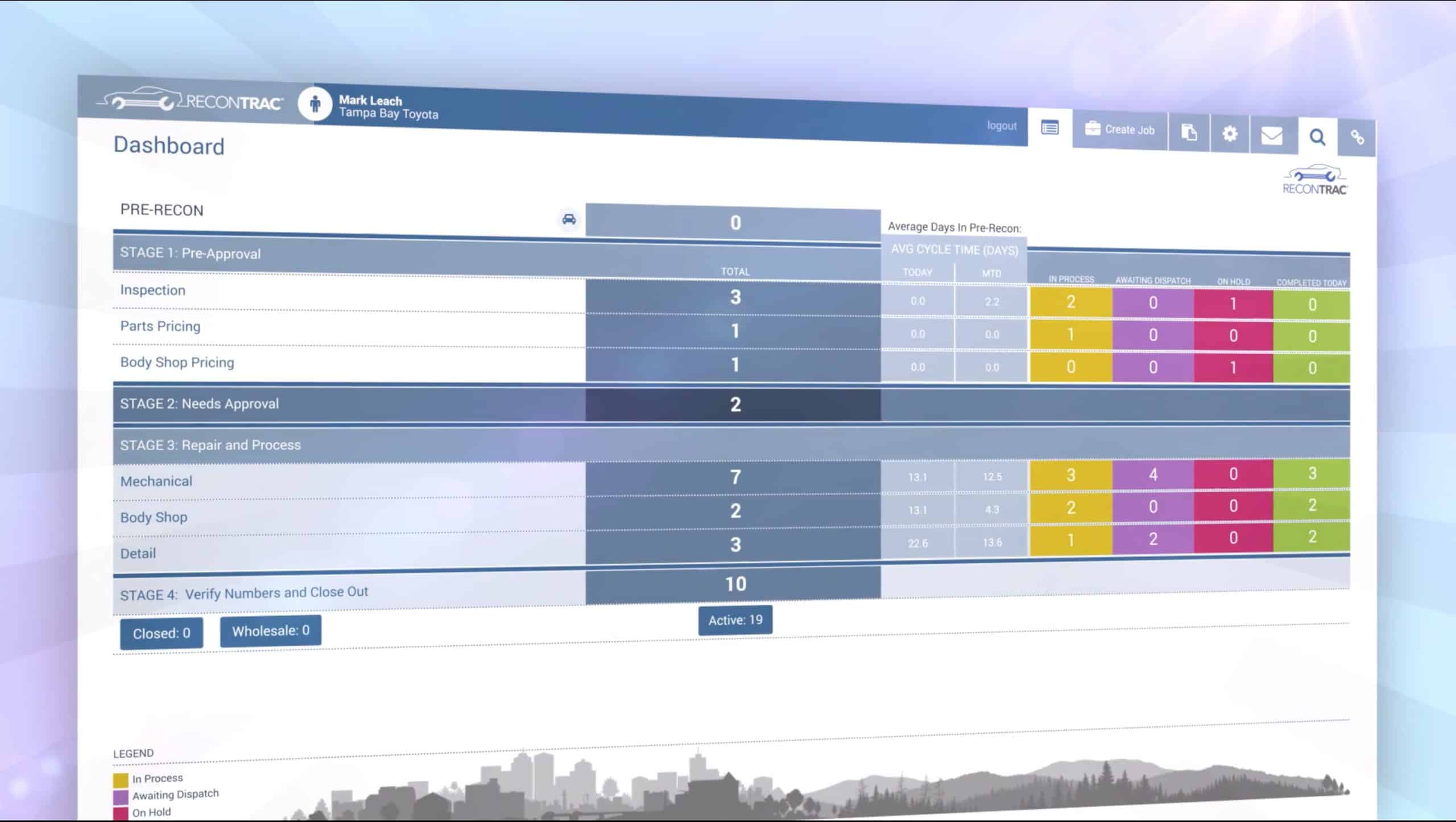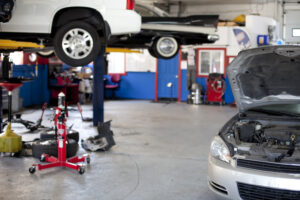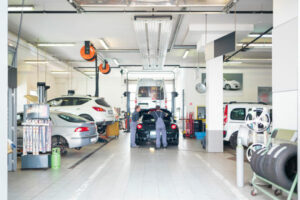An increasing number of dealers are finding it hard to make a profit in their used vehicle departments. It’s not because of a failure to sell enough vehicles, however. They’ve utilized new technology and tools to help them buy the right cars and price them to attract online shoppers. Dealers are selling more inventory than ever before, but they’re not making enough profit on each car they sell.
Dealers typically have three problematic points at which profits erode. By identifying and addressing the following profitability issues, you can make the changes necessary at each point in order to generate greater profits for your dealership:
Paying too much for cars
Dealers are under pressure to stock a used vehicle department that’s selling more cars, and they’re having to buy wholesale cars in a volatile market.
As you buy used cars from auctions and as trade-ins, calculate what you can get for it by selling it at retail. This is the method that other retailers, such as grocery and clothing store owners, use to determine what to pay for the products they sell. This is a more accurate way to figure out what to pay, as opposed to trying to figure what you can get if and when you sell slow-moving stock to resellers.
The most successful dealers buy cars at an average 80 percent cost to market. This leaves them with a 20 percent margin to pay for reconditioning and other costs and generate gross profits.
Offering too many discounts
Some dealers pay the right amount of money for used vehicles and control costs as the vehicle is moved through reconditioning. Still, their gross profits are lower than would be expected. In these cases, the problem often lies with the sales department.
Far too often, salespeople will routinely discount the asking price on each car by several hundred dollars. They should instead be told to justify the price to prospective buyers by documenting why it’s a good, competitive deal. Salespeople should share market reports with each customer to demonstrate why the asking price is fair and avoid making blanket discounts on every car.
These new practices will effectively eliminate the profit loss incurred by the sales department. They’ll help boost the dealership’s front-end gross profit average.
Reconditioning
Just a few years ago, dealers wouldn’t hesitate to spend at least $1,000 to recondition a used car. Today, however, they’re finding ways to lower these costs while still maintaining the high quality and reliability of cars they retail.
Using non-OEM parts when they’re appropriate can help cut costs. Dealers can also replace tires and brakes only when necessary and look carefully at any body or interior work to make sure it’s truly necessary to sell the vehicle at a good profit. If a car requires too large of an investment to realistically recoup at retail, dealers should be willing to wholesale it.
It’s easy, yet costly, to fail to keep track of each step of the reconditioning process. From inspection to approvals to mechanical to body shop to detailing, it’s impossible to accurately and efficiently track each the cost and time required for each step. Each of these steps adds more time and money to each car, so it’s vital to accurately track the entire reconditioning process.
This can be easily done with ReconTRAC, new technology that helps you determine exactly which departments are costly you too much money. You’ll receive detailed, real-time reports that will help your dealership eliminate inefficiencies. Schedule a demo today to see how ReconTRAC can improve your vehicle profitability.




